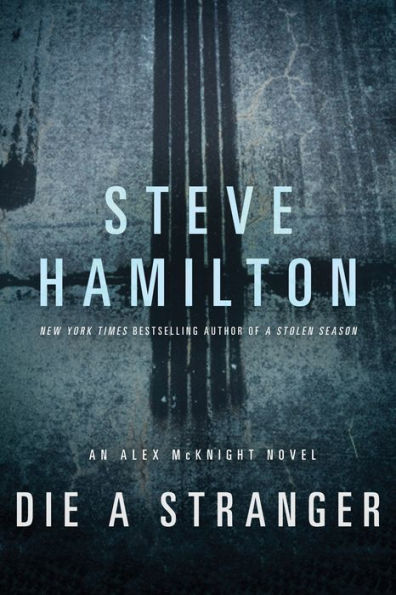Read an Excerpt
CHAPTER ONE
On a clear, warm night in June, a small airplane is flying low over Lake Huron. It’s a Cessna, a single-engine four-seater. The pilot is flying alone. The back of the plane is filled with the cargo, all wrapped up tight in plastic bags.
The plane’s transponder is turned off. The pilot is flying by sight only. At such a low altitude he is undetectable by radar. As he approaches the airstrip in Sandusky, Michigan, he can barely make out the dark runway. It’s a tiny airport, after all, and it’s been closed for hours. But he does the one simple thing that all pilots know how to do. He keys the microphone five times in a row on the ARCAL frequency. That sends the automatic signal to the beacon on the ground, which then turns on the approach lights, the runway edge lights, and the taxiways. These lights will remain on for exactly fifteen minutes. More than enough time to land and then to take off again. It’s one part of a simple, perfect plan.
A truck is waiting next to the runway, with its lights off. The two men in the truck will transfer the bags to the back of the truck. Working quickly, they can do this in under three minutes. This is also part of the plan. Just as simple and just as perfect.
Except that the two men in the truck are not the two men the pilot is expecting. That’s where the simple, perfect plan begins to break down.
You can only imagine the pilot’s surprise when he lands and finds two strangers waiting for him.
The two men who were originally waiting with the truck, they’ll be found handcuffed to the fence at the end of the runway. When the two newcomers have emptied the plane of its cargo, the pilot will be allowed to leave, with a very simple and very clear message he’ll carry back to Canada, to the people who sent him across the border in the first place.
The deliveries will not stop. Two men handcuffed to a fence, with guns pressed against their heads … Everything that happened on this night will be merely an inconvenience. It will not interrupt the transport of high-grade marijuana into the United States from Canada. Not when there’s so much money to be made.
That’s how this business works, no matter what the product, no matter which border. New business arrangements are made. New partners replace the old partners, if they’re muscled out of the deal. But the planes keep flying.
* * *
It may have been a warm night at that little airport in Sandusky, Michigan. But I was three hundred miles away, due north, sitting in front of the fireplace in Paradise, Michigan, where it was a good twenty degrees cooler. We don’t rush into summer up here. Of course, I had no knowledge of anything happening on that airport’s runway. Or any airport’s runway, for that matter. I found out about it two days later, the same way most other people did. I read the story in the newspaper.
I still pick up the Detroit News most days, even though it’s a world away and it feels to me like a million years ago when I actually lived and worked in the Motor City. But old habits die hard and I need my daily news fix. What the current mayor was up to, how the Tigers were doing and whether they had a chance to go all the way again. Like 1968. Like 1984. The story about the hijacking on the runway caught my eye and I read the whole story, complete with local reaction, how futile it would be to try to stop these small airplanes from landing late at night. How you can’t turn off the automatic runway lights because God forbid an airplane would need to land in a legitimate emergency. How you can’t station somebody at every tiny backwoods airstrip twenty-four hours a day. How long and porous the border was between the States and Canada, and how this kind of smuggling has been going on in one form or another, dating all the way back to Prohibition.
That part was easy to understand. When you had a boat full of liquor coming across the lake, you took your chances that hijackers might be waiting for you. Now it was indoor-grown hydroponic marijuana, at which apparently the Canadians are just as handy as they were for producing those bottles of Old Cabin Whiskey back in the day. Now it was an airplane instead of a wooden motorboat. But the basic idea was the same.
It was the kind of story that made me think back to my own days as a police officer, how it sometimes felt like I was the little Dutch boy trying to plug the hole in the dike. That’s really as much as I thought about it. It was an interesting story, but I forgot about it five minutes after I folded up the paper and had my second cold Molson. How it could have any effect on me or on anybody I knew, that was something I wouldn’t have been able to imagine, even if I had known enough to try.
I had no idea that this incident on a lonely runway three hundred miles away would mark the beginning of that strange roller coaster of a summer for me. But looking back on it now, that was Event Number One.
Event Number Two? That was an Ojibwa funeral.
Copyright © 2012 by Steve Hamilton



